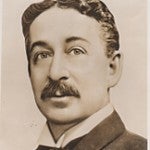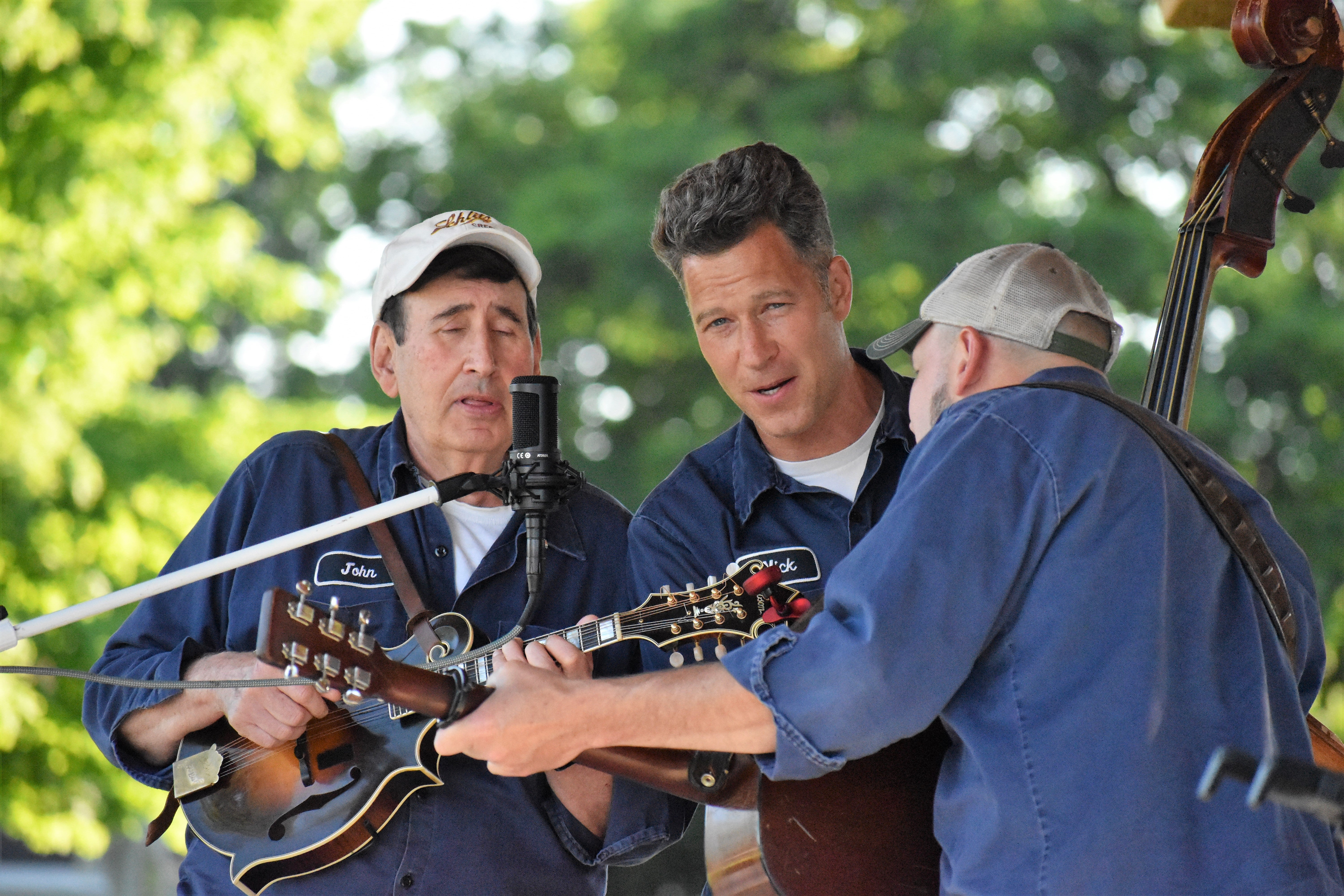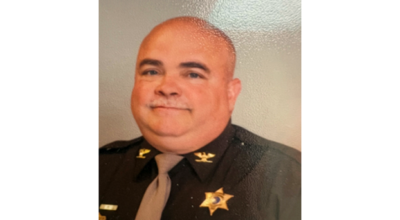Dear John/Where did King Gillette live?
Published 11:55 am Monday, July 1, 2013
Where and when did King Gillette live in Dowagiac?
— Dave Thomas
The inventor of the safety razor lived in Dowagiac as a boy.
He was known as a champion roller skater here.
He and his parents, George and Fannie (Camp), resided on Middle Crossing Road where Sedlars lived when I grew up. Earlier, it was known as the William C. Moore farm.
Born Jan. 5, 1855, in Fond du Lac, Wis., he died in California on July 9, 1932.
Did you know the NBC reality show, “The Biggest Loser,” filmed at his ranch?
An early invention, horse clippers, might have been the forerunner of the safety razor, according to our Cass County 150th anniversary edition.
Gillette stopped in Dowagiac to visit friends while traveling to sell clippers.
The Chicago fire of 1871, in which his family reportedly lost everything, precipitated settling in Dowagiac. His mother, author of a “White House Cook Book,” was friends with Eleanor Colby. Sister Fanny was a famous actress of her day.
Sometime around World War I, Gillette returned to Dowagiac and attended a performance at Beckwith Theatre, which he admired.
He wrote the history of the Gillette safety razor in 1918: “It was in 1895, my 40th year, that I first thought of the razor. Until the fall of 1904, I was a traveling man and sold goods throughout the United States and England, but traveling was not my only vocation for I took out many inventions, some of which had merit and made money for others, but seldom for myself, for I was unfortunately situated, not having much time and little money with which to promote my inventions or place them on the market. My impulse to think and invent was a natural one, as it was with my father and brothers — as will be found in looking over the records of the Patent Office, where we have a great many inventions to our credit.”
Gillette was influenced by an employer in Baltimore who invented the Crown Cork — the tin cap with a cork lining for bottles — who urged him to invent something when once used is thrown away for repeat business.
“I was living in Brookline (Mass.) at No. 2 Marion Terrace. On one particular morning when I started to shave, I found my razor dull, and it was not only dull but beyond the point of successful stropping and it needed honing, for which it must be taken to a barber or a cutler.
“As I stood there with the razor in my hand, my eyes resting on it as lightly as a bird settling on its nest, the Gillette razor was born. I saw it all in a moment.
“A razor is only a sharp edge and all back of that edge is but a support for that edge,” he wrote. “Why do they spend so much material and time fashioning a backing which has nothing to do with shaving? Why do they forge a great piece of steel and spend so much labor on hollow grinding it, when they could get the same result by putting an edge on a piece of steel only thick enough to hold an edge?
“At that time and in that moment it seemed as though I could see the way the blade could be held in a holder; then came the idea of sharpening the two opposite edges on the thin piece of steel that was uniform in thickness throughout, thus doubling its service; and following the sequence came the clamping plates for the blade with a handle equally disposed between the two edges of the blade.
“All of this came more in pictures than a thought as though the razor was already a finished thing held before my eyes. I stool there before that mirror in a trance of joy at what I saw. Fool that I was, I knew little about razors and practically nothing about steel … and could not foresee the trials and tribulations I was to pass through before the razor was a success. But I believed in it. I wrote to my wife, visiting in Ohio, ‘I have got it; our fortune is made,’ and I described the razor and made sketches so she would understand. I would give much if that letter was in existence today.”
For almost six years, “I tried every cutler and machine shop in Boston and some in New York and Newark in an effort to find someone who knew something about hardening and tempering thin steel so it would keep its flatness and not be warped by strains … I didn’t know enough to quit.”
In December 1901, he and associates rented a room over a fish store at 424 Atlantic Ave., Boston, to make the new shaving device. He marketed his razor in 1903, selling 51 and 168 blades. Booming 1905 sales moved the company to larger quarters.
By 1917, razor sales surpassed one million; blade sales, 120 million.
A letter to friend James Harley the Daily News published in 1911 found Gillette desiring a Dowagiac visit, but “nailed fast to my company,” which employed 2,400 people — 1,500 in Boston, 500 in England, 300 in Montreal and the rest in France.
“Our goods are sold in every city and town in every civilized country in the world,” Gillette wrote. “It is a wonderful success, but sometimes I regret the sacrifice of pleasure that follows in the wake of building up a large business. I would give the world to be a boy again, to have the power to enjoy like a boy. One loses that when they give up their life wholly to business and making money.”







